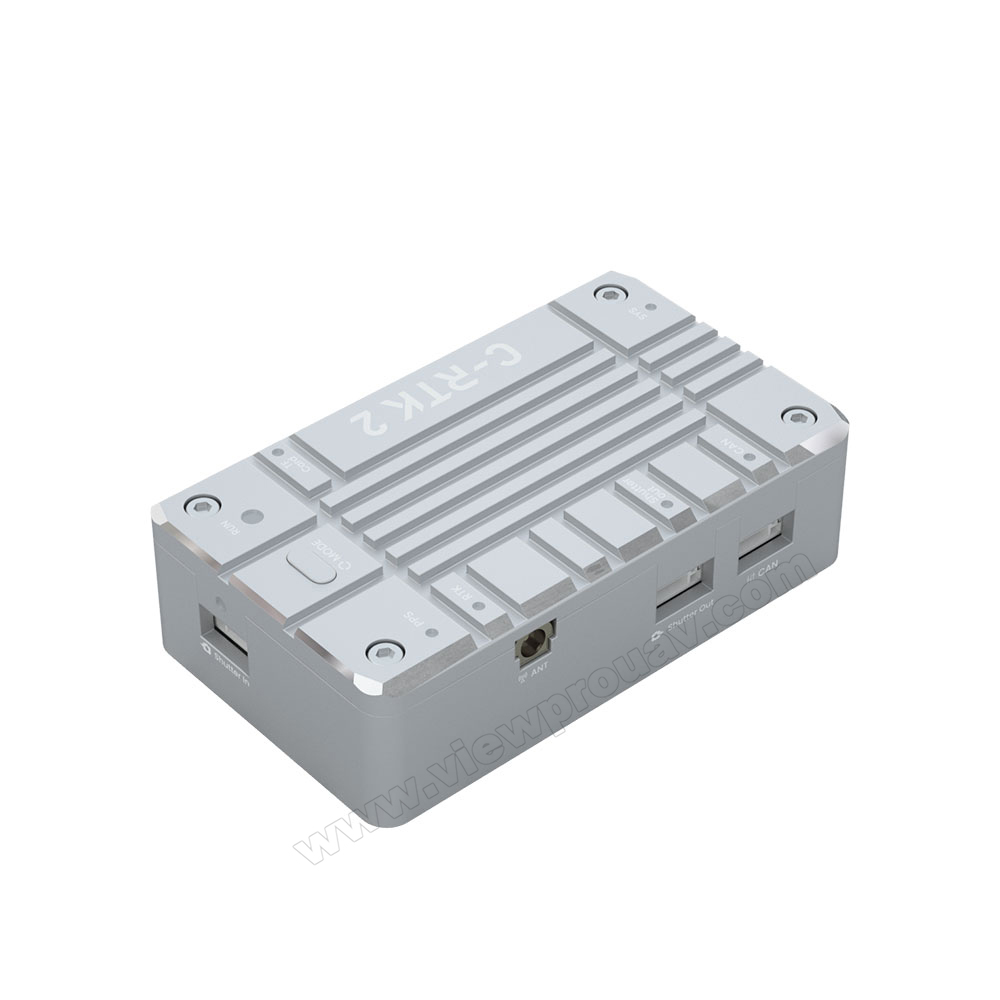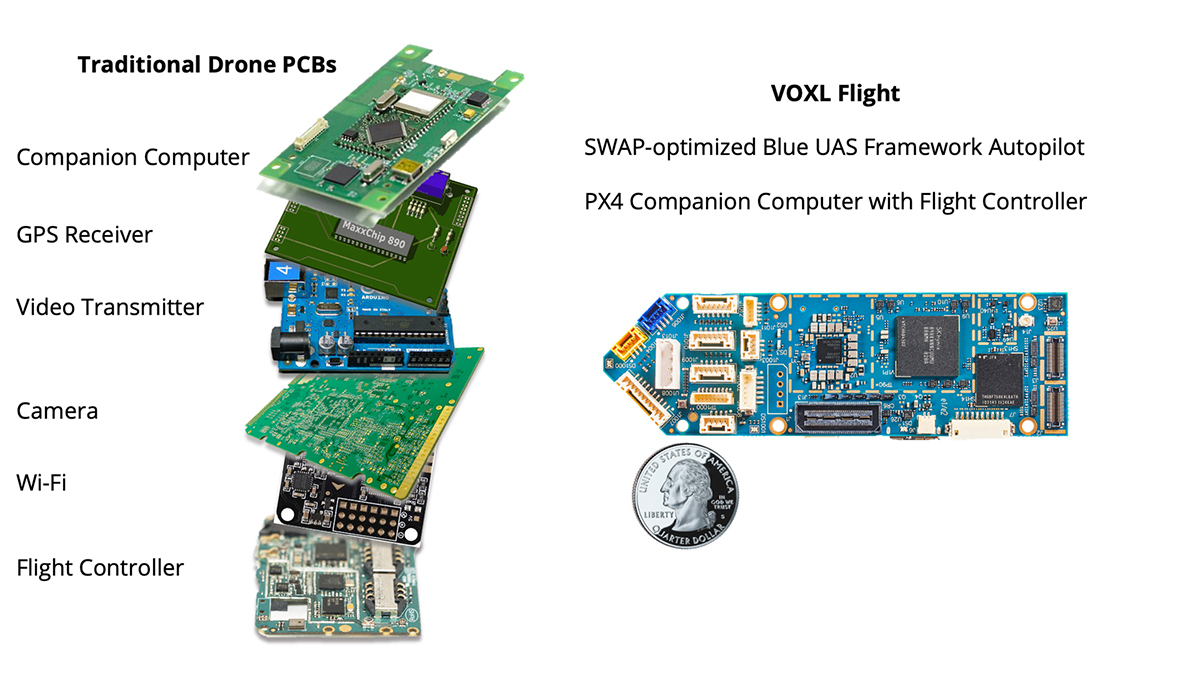Trustworthy Drone Navigation with SparkNavi Drone Flight Controller and GNSS/INS Made in Taiwan
Trustworthy Drone Navigation with SparkNavi Drone Flight Controller and GNSS/INS Made in Taiwan
Blog Article
Exploring the Function of Drone Trip Controllers in Enhancing Trip Security and Navigating Effectiveness
The improvement of drone innovation has actually significantly enhanced the relevance of trip controllers, which serve as the mind of these aerial cars. By incorporating real-time information from a selection of sensing units, trip controllers improve trip stability and navigating efficiency, guaranteeing that drones can operate efficiently even in complicated environments. This discussion will certainly explore the crucial parts that add to these enhancements, as well as the implications for the future of independent flight. What innovations exist in advance that could additionally transform the capabilities of drone trip controllers?

Comprehending Flight Controllers
Trip controllers are indispensable elements in the performance of drones, working as the brains that maintain and take care of trip operations. These sophisticated gadgets procedure data from different sensing units, consisting of accelerometers, gyroscopes, and GPS, to ensure that the drone preserves its desired trip path. The trip controller translates this information and implements commands based upon pre-defined formulas, allowing the drone to respond to ecological modifications, such as wind or obstacles.
The key function of a flight controller is to maintain security during flight. It achieves this by making real-time modifications to the drone's electric motors and control surfaces, guaranteeing equilibrium and control. Furthermore, contemporary flight controllers incorporate sophisticated features such as waypoint navigation, enabling for automated trip courses and improved functional performance.
Comprehending the architecture of trip controllers is crucial for both enthusiasts and professionals. As technology developments, flight controllers have actually ended up being much more qualified and small, incorporating fabricated knowledge to adjust and boost decision-making processes to intricate trip scenarios.
Key Elements of Flight Stability
Attaining ideal flight stability in drones depends on a number of key components that operate in performance to ensure smooth and regulated procedures. Central to this security is the trip controller itself, which processes information from various sensing units to maintain the preferred trip perspective. This includes accelerometers and gyroscopes that measure movement and alignment, enabling real-time modifications to the drone's placement.
An additional crucial part is the electronic rate controllers (ESCs), which control the power delivered to the electric motors. By carefully tuning electric motor rates in feedback to flight controller commands, ESCs help maintain balance and counteract disruptions triggered by wind or unexpected motions.
Additionally, the layout of the drone's framework plays a pivotal role in trip security. A well-structured structure decreases vibrations and improves the general wind resistant account, adding to smoother flight features. The combination of innovative algorithms within the trip controller help in anticipating adjustments, making certain a receptive and versatile flight experience.
Together, these elements develop a natural system that boosts a drone's stability, permitting accurate maneuvering and enhanced efficiency in numerous trip conditions.
Navigation Performance Techniques
Performance in navigation is crucial for optimizing drone procedures, especially in complex settings. Reliable navigation methods enhance the capacity of drones to traverse tough surfaces and avoid obstacles, therefore enhancing operational efficiency and security.
One noticeable strategy is the application of innovative general practitioners and inertial dimension systems (IMUs) that give specific location special info monitoring and orientation data. These innovations enable drones to determine ideal flight paths in real-time, considering different variables such as wind problems and prospective barriers.
An additional technique involves using formulas for course preparation and optimization. Algorithms such as A * and Dijkstra's formula can be deployed to determine the most efficient route while decreasing power consumption and flight time. Incorporating equipment discovering designs can make it possible for drones to adaptively discover from their environments, boosting navigating abilities through experience.

Effect On Autonomous Drones
The assimilation of sophisticated navigation techniques has greatly changed the capacities of independent drones, enabling them to run with higher autonomy and accuracy. SparkNavi drone flight controller and GNSS/INS made in taiwan. These improvements are mostly credited to advanced flight controllers that utilize real-time information handling and sensor blend, permitting drones to navigate complicated atmospheres effortlessly
The effect on autonomous drones prolongs beyond mere navigating; it includes enhanced obstacle evasion, improved stability during vibrant problems, and boosted mission reliability. By leveraging formulas that include artificial intelligence and synthetic knowledge, drones can adjust to changing circumstances, making informed choices that optimize their trip paths while lessening risks.
In addition, the execution of robust flight controllers has actually helped with the implementation of complex jobs, such as airborne inspections, distribution services, and farming surveillance, with minimal human intervention. This capacity not only enhances operations however additionally lowers human error, thereby enhancing general safety.
As a result, the operational range of autonomous drones has increased considerably, making them important devices in various markets. Their capacity to perform effectively in varied scenarios highlights the critical role that progressed trip controllers play in shaping the future of unmanned aerial systems.
Future Patterns in Trip Control
Often, advancements in trip control innovation are positioned to redefine the landscape of you could check here drone operations in the coming years. Emerging patterns suggest a considerable change towards boosted man-made knowledge (AI) integration, enabling flight controllers to refine real-time information much more successfully. This evolution will help with enhanced decision-making capacities, allowing drones to adjust to vibrant ecological conditions autonomously.
Additionally, the application of artificial intelligence algorithms is expected to boost anticipating upkeep, therefore decreasing downtime and prolonging the lifecycle of drone components. This proactive method to maintenance will be important as drone applications increase throughout different markets, from farming to logistics.

.jpg)
Lastly, developments in secure communication methods will certainly attend to safety and security and governing issues, making sure that drones can operate perfectly in overloaded airspaces (SparkNavi drone flight controller and GNSS/INS made in taiwan). Jointly, these patterns aim in the direction of a future where flight control systems are not just smarter and more effective but additionally qualified of running safely in a significantly incorporated airspace
Verdict
To conclude, drone trip controllers are essential to boosting trip stability and navigation effectiveness via the advanced processing of sensing unit information. By keeping optimum trip perspectives and employing advanced formulas for course optimization and barrier avoidance, these controllers substantially add to the freedom and functional security of drones. As innovation continues to develop, additionally advancements in flight control systems are prepared for, guaranteeing improved performance and broadened abilities useful source in the world of unmanned airborne vehicles.
By integrating real-time information from a variety of sensors, trip controllers improve trip security and navigation performance, guaranteeing that drones can operate smoothly even in complicated atmospheres.Flight controllers are important components in the functioning of drones, offering as the minds that take care of and maintain flight procedures. Additionally, modern flight controllers include sophisticated functions such as waypoint navigating, allowing for automated trip courses and boosted functional performance.
Central to this security is the trip controller itself, which processes data from numerous sensors to keep the desired flight attitude.In conclusion, drone trip controllers are important to boosting trip stability and navigating effectiveness via the innovative handling of sensing unit information.
Report this page